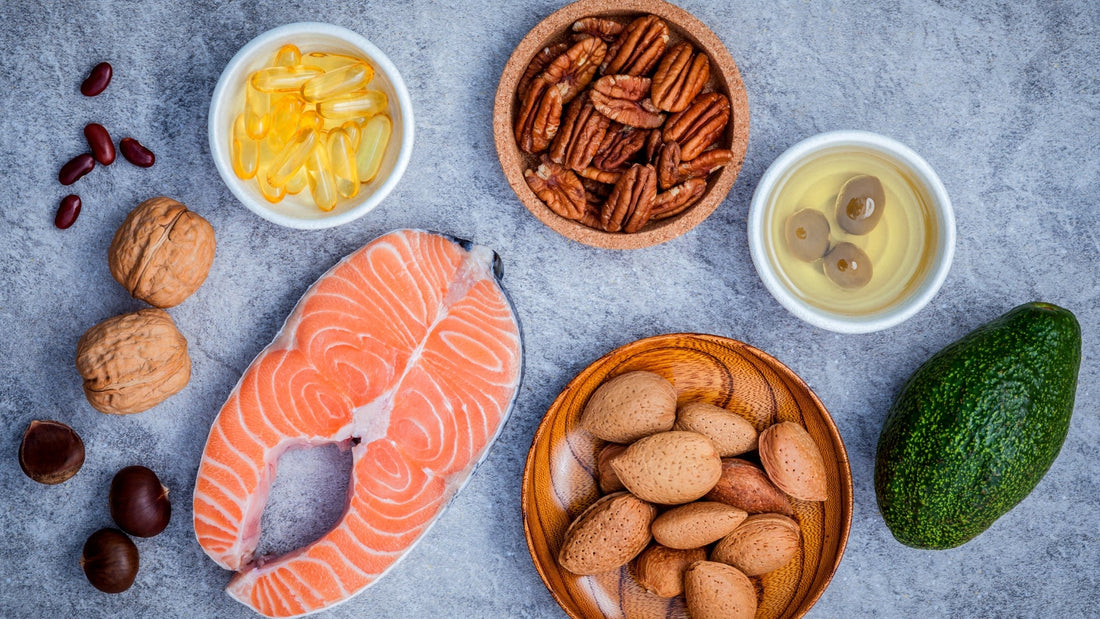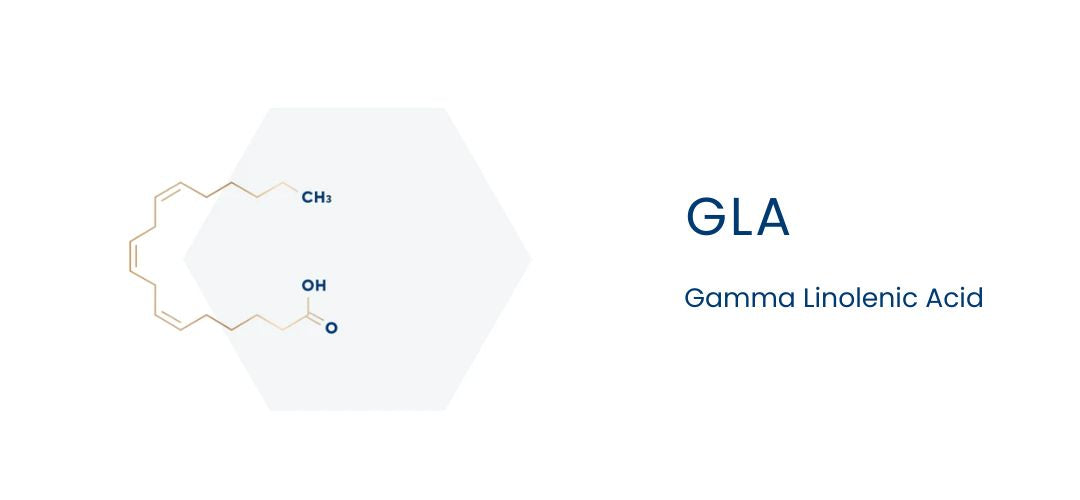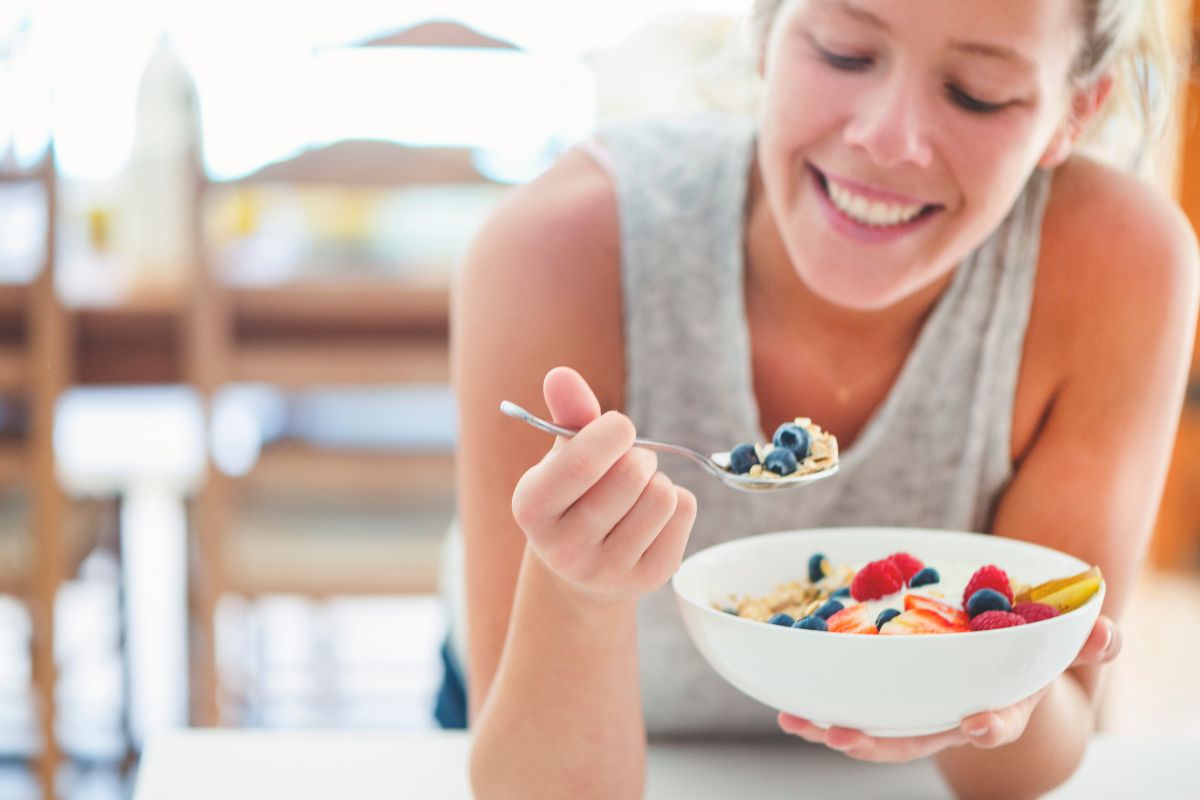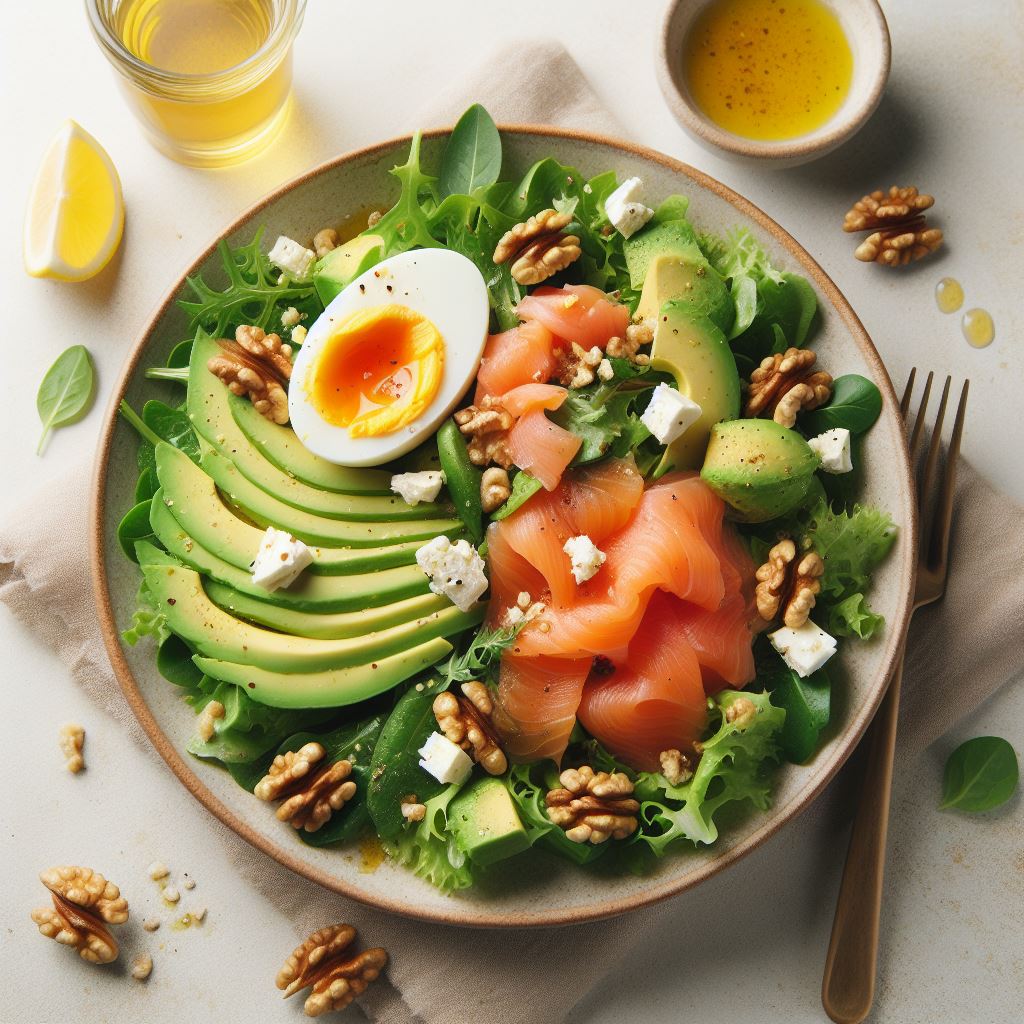
Essential Fatty Acids: what they are, why we need them & how to incorporate more into your diet
Share
Ever heard of essential fatty acids (EFAs)? We're here to explain just how important they are to us, plus some easy ways to include them in your diet, as part of our series on women's health for International Women's Day.
What are Essential Fatty Acids (EFAs)?
As they say on the tin, EFAs are essential to our bodies. They play a vital role in a whole host of bodily functions.
EFAs and their derivative molecules, such as docosahexaenoic acid (DHA), eicosapentaenoic acid (EPA) and gamma-linolenic acid (GLA) are some of the most researched molecules in nutrition. At Efamol, we pioneered the early research in the role of EFAs in the brain, pregnancy, hormones and skin health.
The world of fats can however be confusing, with so many different types (apologies in advance for all the acronyms!) and conflicting information. But we're here to help!
So, why are EFAs especially important to us?

The Omega-3 Powerhouse: EPA and DHA

EPA (eicosapentaenoic acid) and DHA (docosahexaenoic acid) are two essential fatty acids belonging to the Omega-3 family.
Often found together, they are primarily in oily fish like salmon, mackerel, sardines, and herring.
They can also be converted in your body from nuts and seeds, such as flaxseeds and chia seeds, which contain alpha-linolenic acid (ALA). However, this conversion pathway has been shown to be inefficient in various studies [1].
The Forgotten Omega-6: GLA

GLA (gamma-linolenic acid) belongs to the Omega-6 family of essential fatty acids.
It is in found in plant sources like evening primrose oil, borage oil, and blackcurrant seed oil.
Western diets generally contain higher levels of Omega-6 than Omega-3, as processed foods and cooking oils contain the Omega-6 fat Linoleic Acid. However, the Omega-6 found in these processed foods is in a damaged form that can't be converted to GLA. This is why some people may need to supplement with GLA.
Why do we need EFAs?

Healthy Heart
EPA does a great job at helping your heart function properly, as well as helping to regulate blood pressure.

Brain Power
DHA is really important for brain development and function throughout your life. It helps with cognitive function - so that you stay sharp throughout the day.

Glowing Skin
We’ve all had those bad skin days. Dryness, flakiness, breakouts… sounding familiar?
GLA is important for healthy looking skin (say hello to that glow!). In a recent study on Efamol Evening Primrose Oil (a rich source of GLA), 82% agreed supports beautifully smooth & nourished looking skin.*
Women's health
Research has shown that GLA is converted by the body into prostaglandins, which play a role in a wide variety of bodily functions including maintenance of hormonal balance [2]. GLA has also been researched for the role that it plays within the structure of cell membranes, a key component of each and every cell in our body.

Food is Fuel: How to Include More EFAs in Your Diet
Now that you know the amazing work that EFAs do, you're probably wondering where to find them. Here's a shopping list of delicious EFA-packed foods:
- Fatty Fish: Salmon, sardines, mackerel – these are all-stars in the EFA world, especially rich in omega-3s.
- Flaxseeds: These tiny seeds are a great source of alpha-linolenic acid (ALA), an omega-3 that your body can convert to other beneficial forms. Grind them up and sprinkle them on cereal, yogurt at breakfast, or try baking with them!
- Walnuts and Chia Seeds: Packed with omega-3s and omega-6s. Enjoy them as a snack, add them to salads, or use them as a topping on your porridge.
- Avocado: Do we need an excuse for more avo on toast? Avocado is loaded with EFAs and other healthy fats.
- Eggs: A great source of omega-3s, so get poaching, boiling or scrambling!
Recipe Ideas: Get Creative with EFAs!
Ready to get cooking? Here are some omega-packed recipe ideas to get you started:
Creamy Chia Seed Pudding with Fresh Berries:

Combine chia seeds with your favourite milk, yogurt, or even coconut water. Let it sit overnight in the fridge for a pudding-like consistency. Top with fresh berries, a spoonful of Greek yoghurt and a drizzle of honey for a healthy and satisfying breakfast. Stir in 1ml of Evening Primrose Oil for even more omega impact.
Harissa Salmon with Flaxseed Crunch:

Coat salmon fillets with harissa paste, top them sprinkle of toasted and ground flaxseeds mixed with chili flakes and lime zest, then oven bake. Serve with roasted veg and quinoa for a complete and delicious meal.
The Ultimate Omega Salad:

Throw together some leafy greens, chopped walnuts, sliced avocado, smoked salmon and crumbled feta cheese, and top with a soft boiled egg. Drizzle with a honey and mustard dressing (add 1ml of Evening Primrose Oil to the dressing for even more EFA goodness) for a salad packed with flavour and EFAs.
Final thoughts
Eating a balanced diet is the best way to obtain EFAs. If you're looking for an easy way to boost your EFA intake, Evening Primrose Oil is an all natural oil rich in GLA that can be added to your breakfast, lunch or dinner. Efamol Vegan Omega-3 is an easy to take daily capsule that will top up your Omega-3 levels too.
Thanks for reading!
Next up in our women's health series: how to exercise according to your cycle. Sign up to get it straight to your inbox!
Emma x

*The research was conducted between 18 September - 26 November 2020 with 77 women aged 18-65 years. The study was conducted by Cue Consumer Research. The study group took 6 x 500mg capsules a day for 12 weeks.
[1] Brenna JT. Efficiency of conversion of alpha-linolenic acid to long chain n-3 fatty acids in man. Curr Opin Clin Nutr Metab Care. 2002 Mar;5(2):127-32. doi: 10.1097/00075197-200203000-00002. PMID: 11844977.
[2] Brush M. et al 1990 Biochemistry of PMS. In: Horrobin DF (ed) Omega-6 EFAs:Pathophysiology and Roles in Clinical Medicine. NY:Liss 1990:513-522




